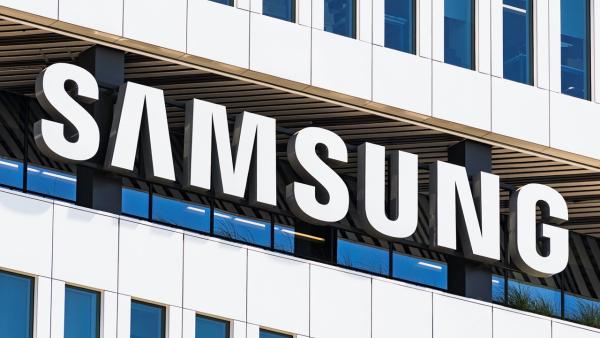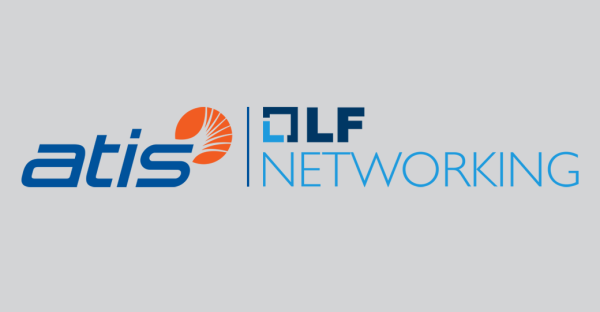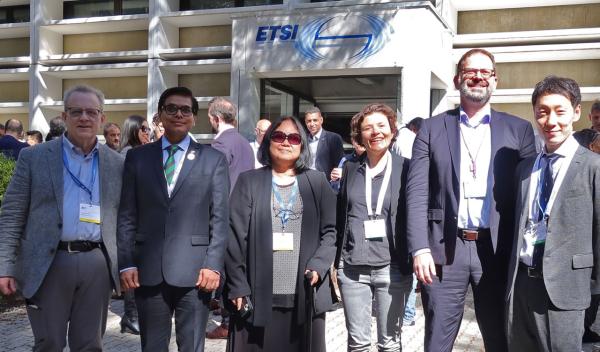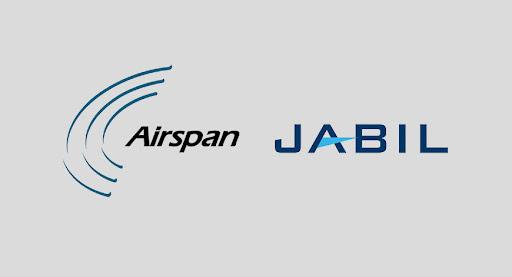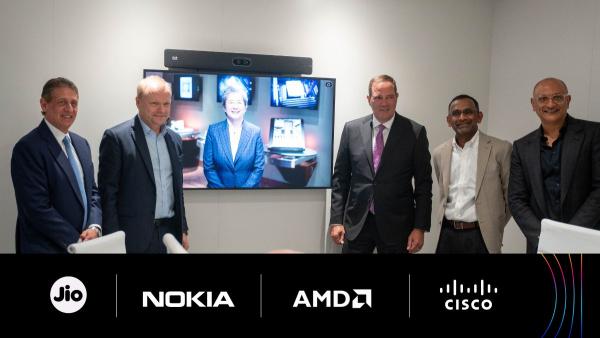
Written by Keith Dyer.
But admits they won't be making their own major deployment investments until after 2025.
Europe’s big 5 operators have updated on the progress of their Open RAN MoU, with the release of a further white paper. They call for vendors, specification and standards bodies to pick up the pace, but admit that they themselves will not be in a position to make major investments in large scale deployments until after 2025.
Previous papers have laid out the MoU 5’s priorities for Open RAN, assessment of the ecosystem, and outlined technical requirements. This third paper is glossier breaks down the group’s assessment of Open RAN progress into three areas: technical and ecosystem maturity, energy efficiency and security.
The paper acknowledges that large scale Open RAN deployments are limited to date. It describes Rakuten’s Japan deployment as “not fully O-RAN compliant”, but says that Verizon (10,000 sites deployed out of 20,000 by 2025), Dish (>10,000 5G Open RAN sites) and NTT Docomo (10,000 5G Open RAN sites) are all showing progress.
Deployments in Europe are slower, and the paper states that most operators are still tied into existing contracts with incumbent vendors, and have limited spending power in the near term due to market conditions. Therefore, “new contracts for the next modernisation cycle will be the vehicle for the wide scale introduction of Open RAN in the second half of the decade in Europe.”
The paper notes Vodafone’s commitment to have 30% of its network “in Open RAN” by 2030, plus Orange’s statement that European network upgrades would only feature O-RAN compliant products from 2025.
Ecosystem development
In terms of product and solution maturity, the operators welcome progress, but still see gaps to make up in several areas.
The topline message says that “the technological gaps between traditional RAN and Open RAN are melting away.” Backing that up, it says that “non-complex macro RUs (e.g., single-band products, non mMIMO and low power products) and cloud platforms are already close to enabling large-scale deployments in various markets.”
However there are still some areas where the Open RAN ecosystem is tasked with catching up to its incumbent rivals, or with doing more work to prove its case.
One is in frequency band support, and support for 2G. The report said that traditional vendors maintain a large family of radio variants that are only needed by some operators in certain geographical areas. However, new Open RAN vendors need to focus on products with high volume and revenue expectations. “That excludes highly efficient multi-band radios with operator-specific band combinations, and those in combination with legacy radio access technologies (RATs) such as 2G.”
Another area that needs work is the RIC (RAN Intelligent Controller). Although the RIC is a good entry point for smaller companies, there are still open issues like conflict mitigation between applications or use cases which require both non-RT and near-RT RIC. Moreover, the relevance of use cases still needs to be quantified in field deployments, particularly for the near-RT RIC.
A further issue, related to the RIC, is that although A1 and E2 interfaces are complete, multi-vendor implementations based on standards compliant E2 and A1 interfaces have not yet shown up in the market. Standardisation of xApp and rApp APIs is still ongoing, thus a stable reference standard for onboarding third-party xApps and rApps on RIC platforms is still needed.
While the Open FrontHaul interface is being adopted, standardisation of the O2 interface is still not fully developed in terms of API data models and detailed information elements. The same applies to the acceleration abstraction layer (AAL) specs.
Integration
The operators note that more work is needed to be done on certification and integration. The ideal is that certification will become sufficiently robust that any operator could request certificates as a prerequisite for taking part in RFP processes.
Although the group praised momentum within O-RAN Alliance certification processes, it wants to see more vendor support for the validation programme proposed by TIP, and it wants to see open labs pick up the pace.
“While a certification system framework has been put in place and is heavily supported by Open RAN MoU Operators, open issues exist in the areas of lifecycle management as well as scalability, and these need to be sorted out jointly. Furthermore, operators and vendors need to take a more active role in supporting TIP in developing and implementing relevant validation plans to enable certification prior to RFP shortlisting.
“Various major vendors still stay away from becoming TIP members. Reasons may be rooted in a more restrictive IPR (intellectual property rights) policy or the more centralised approach to certification. These hesitations should be overcome to enable worldwide acceptance of TIP certification and badging.”
“Open labs slowly pick up the Open RAN certification frameworks. While more and more labs around the globe open their doors, only (a) few have executed certification tests on O-RAN ALLIANCE specs. No silver or gold badges have yet been issued based on TIP blueprints”
The MoU group state that its list of requirements – published in its first two papers in 2021 and 2022 – is intended to act as input into TIP’s Open RAN Release Framework, which could then be used as the basis of the certificates that operators need.
Read the original article here


